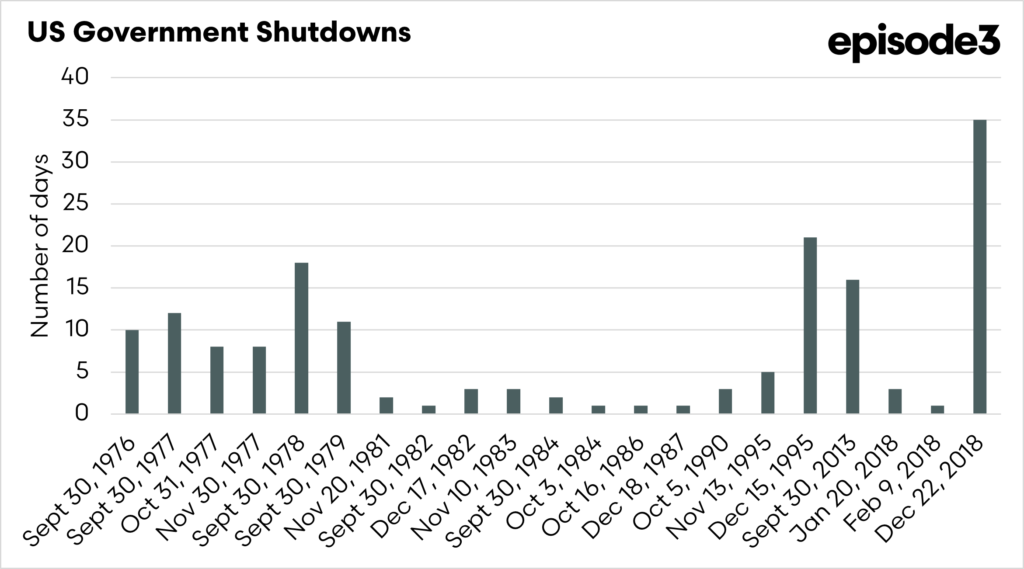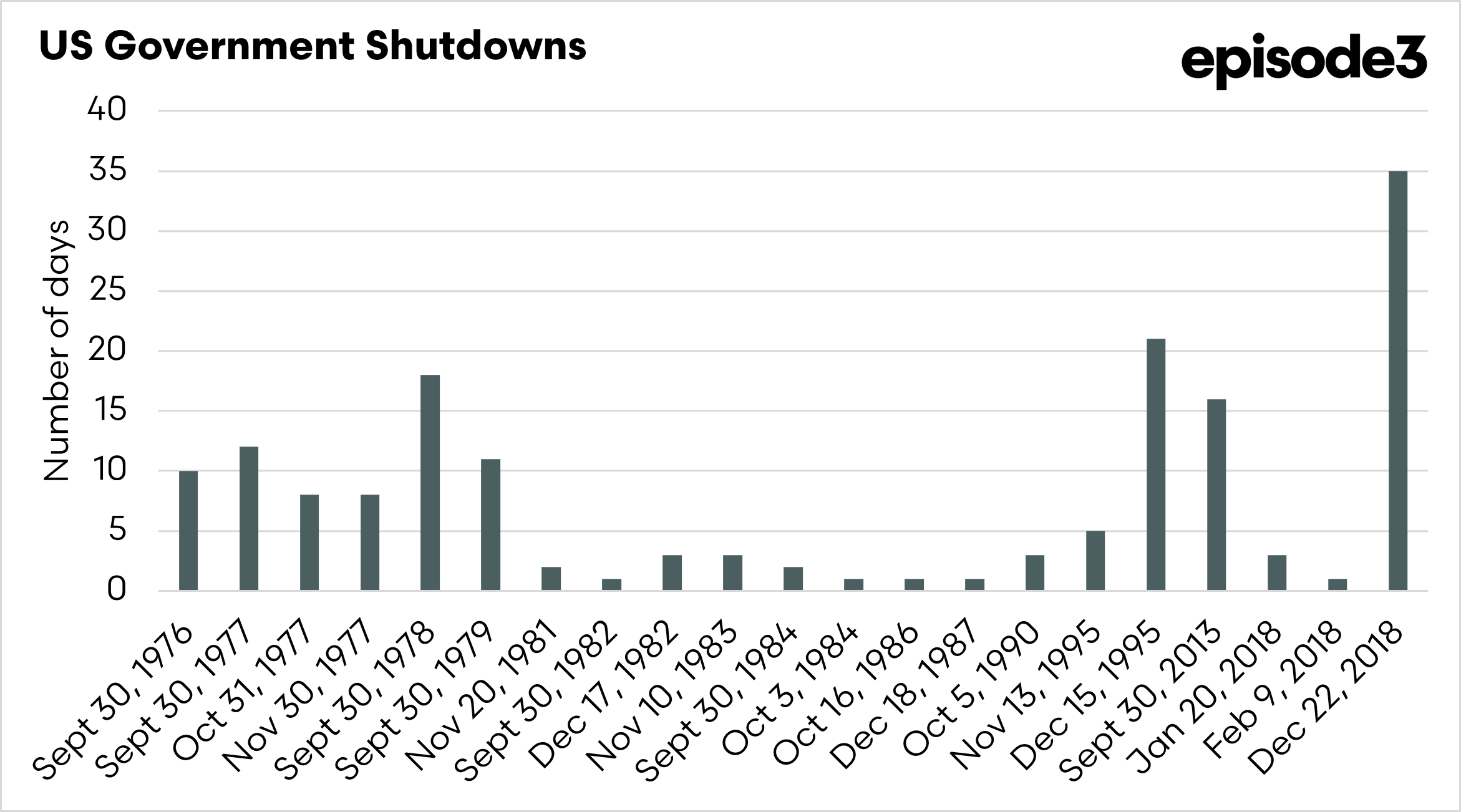US Government shutdown has an impact on agriculture

Every year, the United States Congress must pass bills to fund government agencies for the year ahead. If lawmakers cannot agree on those bills by the deadline, the government runs out of legal authority to spend money. When that happens, parts of the federal system are forced to close down and go into shutdown. This is occurring at the moment, as the Republicans and Democrats cannot reach an agreement, due to changes that the Democrats believe will make healthcare more expensive for everyday Americans.
This means hundreds of thousands of government employees are sent home without pay, agencies stop providing many of their usual services, and the day-to-day work of the federal government slows dramatically. The essential services, which are required, such as border security, air traffic control or food safety inspections, will continue but less efficiently.
Shutdowns can be brief, lasting only a few days, but political standoffs sometimes drag on for weeks. The record was set in late 2018 and early 2019, when negotiations collapsed and large parts of the US government stayed closed for 35 days. A shutdown could continue indefinitely if no agreement is reached, but the economic and political reality will eventually create a compromise.
One agency which is heavily exposed is the US Department of Agriculture (USDA). While food safety inspections and some welfare programs continue, the USDA’s suite of crop and livestock reports is suspended. These releases, including the monthly World Agricultural Supply and Demand Estimates (WASDE), crop production forecasts, and livestock inventories, are critical benchmarks for global commodity markets. Whilst they don’t have the same impact as they used to, they still have a significant impact on the market, and can drive it higher (and unfortunately lower!)
For grain trade, the absence of WASDE leaves exporters and importers without the world’s most widely used projections for wheat, corn and soybeans. In the livestock sector, reports on US cattle on feed, beef production, and import requirements are currently frozen. Futures markets in Chicago and elsewhere are left without the official statistics they rely on, creating uncertainty and volatility.
Why it matters for Australia
This matters directly for Australian agriculture. The grain trade calibrates marketing decisions against USDA estimates of global supply and demand. If those figures are missing, pricing becomes more erratic, and the industry is left with less reliable signals when deciding whether to hold or sell.
For Australian beef and sheep meat exporters, the impact is equally significant. The US is not only a competitor in Asia but also a key market in its own right, and this market has experienced considerable growth in recent years. Without USDA data on American production and import demand, Australian processors lack clarity on the potential opportunities in the US and competing destinations. A shutdown also clouds visibility on herd rebuilding, feedlot throughput, and feed grain availability in the USA, all of which feed into price dynamics that influence Australia’s trade position.
Import inspections are another critical area. The USDA’s Animal and Plant Health Inspection Service (APHIS) and related agencies carry out quarantine and inspection of imported agricultural products at US ports. These checks are considered essential to protect the country from pests and diseases, so they continue during a shutdown.
However, the wider support structure behind them does not. Laboratory staff and administrative personnel are often furloughed, slowing the processing of permits, pest identification, and follow-up testing. That means shipments may clear more slowly, creating bottlenecks at ports and adding uncertainty for those exporting to the US, and conversely for shipments out of the US, providing Australia with an edge.
In recent years, the USDA has lost some relevance as private forecasters have taken over the mantle of governments in this space; however, the USDA produces extremely valuable datasets, which, while under shutdown, will no longer be available.


